Table of content
Roasted tea, a beloved beverage with roots in ancient traditions, has captivated tea enthusiasts for centuries with its rich aroma, deep flavor, and comforting warmth. Often referred to as “hōng chá” in Mandarin, this style of tea undergoes a meticulous roasting process that transforms fresh leaves into a caramelized, smoky delight. Whether you are a seasoned tea connoisseur or a curious novice, mastering the art of roasting tea at home opens a gateway to a world of nuanced flavors and cultural appreciation. This comprehensive guide will walk you through the history, techniques, and secrets behind crafting the perfect roasted tea, ensuring your cup is nothing short of extraordinary.
A Brief History of Roasted Tea
The origins of roasted tea trace back to East Asia, where tea cultivation and processing evolved over millennia. In regions like China’s Fujian Province and Taiwan, roasting emerged as a preservation method to extend the shelf life of tea leaves during humid monsoons. Over time, artisans discovered that roasting not only preserved tea but also deepened its flavor profile, imbuing it with toasty, nutty, and sometimes fruity notes. Today, roasted teas like Tie Guan Yin (Iron Goddess of Mercy) and aged pu-erh are prized for their complexity, while Japanese hōjicha and Korean roasted barley tea showcase global adaptations of this age-old technique.
Key Ingredients and Tools
Before diving into the roasting process, gather the following essentials:
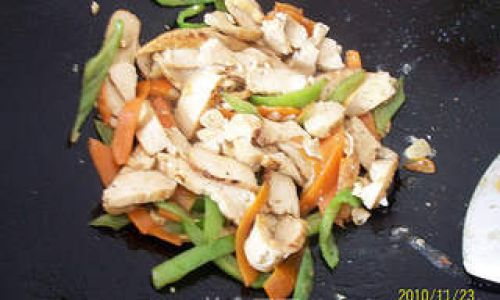
- Fresh Tea Leaves: Opt for high-quality, oxidized oolong or black tea leaves. Avoid delicate green teas, as they may burn during roasting.
- Roasting Equipment:
- Wok or Cast-Iron Pan: For even heat distribution.
- Bamboo Tray: To cool and dry leaves post-roasting.
- Mortar and Pestle: To gently crush leaves (optional, for loose-leaf styles).
- Thermometer: To monitor roasting temperature.
- Storage Containers: Airtight ceramic or glass jars to preserve freshness.
Step-by-Step Roasting Process
Harvesting and Withering
- Harvest: Pluck mature tea leaves (preferably in spring or autumn for optimal flavor).
- Wither: Spread leaves on a bamboo tray in a cool, shaded area for 6–8 hours. This reduces moisture content by 30–40%, preparing them for roasting.
Initial Roasting (First Bake)
- Preheat the Wok: Heat your wok over low flame (100–120°C / 212–248°F). Avoid high heat to prevent scorching.
- Add Leaves: Toss 200g of leaves into the wok. Use a wooden spatula to stir continuously for 15–20 minutes.
- Aroma Check: The leaves will emit a grassy scent initially, transitioning to a toasty aroma as they dry.
Cooling and Resting
- Transfer: Move roasted leaves to a clean bamboo tray. Spread them evenly to cool for 30 minutes.
- Rest: Cover the tray with a cloth and let the leaves rest in a dry, ventilated area. This allows flavors to mellow and integrate.
Second Roasting (Finishing Bake)
- Adjust Heat: Increase the wok temperature to 140–160°C (284–320°F).
- Roast Again: Return the leaves to the wok and stir vigorously for 10–12 minutes. Focus on even heating to avoid uneven caramelization.
- Visual Cues: Leaves will curl slightly and develop a glossy, dark-brown hue. Over-roasting can result in a bitter taste, so err on the side of caution.
Final Cooling and Storage
- Cool Completely: Spread leaves on the tray and let them cool to room temperature.
- Store: Transfer to an airtight container. Roasted tea improves with age; some connoisseurs age it for 6–12 months to deepen flavors.
Tips for Mastering Roasted Tea
- Temperature Control:
Low-and-slow roasting preserves delicate flavors, while higher heat enhances smokiness. Experiment to find your preference.
- Leaf Quality:
Use whole leaves rather than fannings (dust-like particles) for better texture and flavor.
- Consistency:
Stir continuously to prevent hotspots. A uniform roast ensures every sip delivers balanced taste.
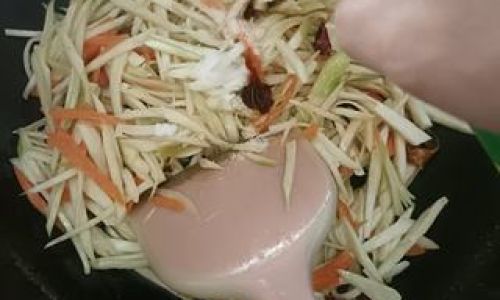
- Tasting Adjustments:
If the tea tastes overly bitter, reduce roasting time. For a sweeter profile, extend the second bake slightly.
- Storage:
Avoid refrigeration, as moisture can degrade quality. Store in a cool, dark place instead.
Health Benefits of Roasted Tea
Beyond its exquisite taste, roasted tea offers a range of health advantages:
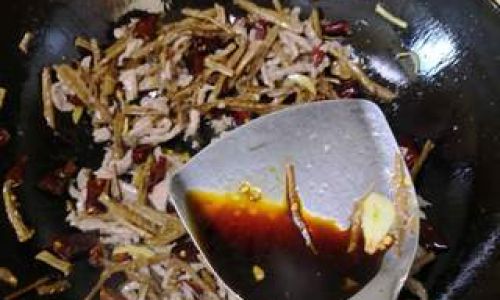
- Antioxidant-Rich: Polyphenols in roasted tea combat oxidative stress, potentially reducing inflammation.
- Digestive Aid: The roasting process breaks down tannins, making the tea gentler on the stomach.
- Stress Relief: L-theanine, an amino acid preserved during roasting, promotes relaxation without drowsiness.
- Oral Health: Natural fluoride content strengthens enamel and fights bacteria.
Exploring Flavor Variations
Roasted tea’s versatility allows for endless creativity:
- Floral Notes: Add dried osmanthus flowers or chrysanthemum petals during the second roast.
- Spiced Infusions: Toss in cinnamon sticks or star anise for a warming twist.
- Fruity Blends: Mix in dried apricot or mango pieces post-roasting for a tropical finish.
Troubleshooting Common Issues
- Burnt Taste: Reduce roasting temperature and shorten the second bake.
- Weak Aroma: Increase the second roast time by 2–3 minutes.
- Mold Growth: Ensure leaves are completely dry before storage. Discard any moldy batches.
Conclusion: The Journey of Roasted Tea
Crafting roasted tea is as much an art as it is a science. It demands patience, precision, and a deep connection to the leaves’ transformation. Each batch tells a story—of the terrain where the tea grew, the hands that tended it, and the roaster’s intent. Whether you sip it alone as a meditative ritual or share it with friends over conversation, roasted tea invites contemplation and joy.
As you embark on your roasting journey, remember that perfection lies not in adhering strictly to rules, but in understanding the nuances of heat, time, and taste. Experiment, adapt, and savor each cup. The world of roasted tea awaits—one stir, one sip, one moment at a time.
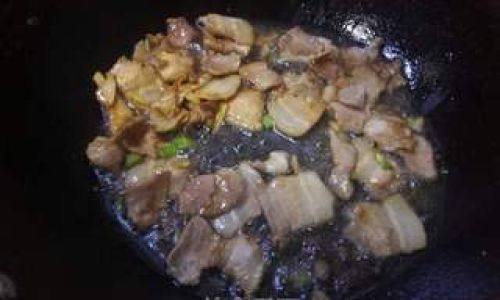
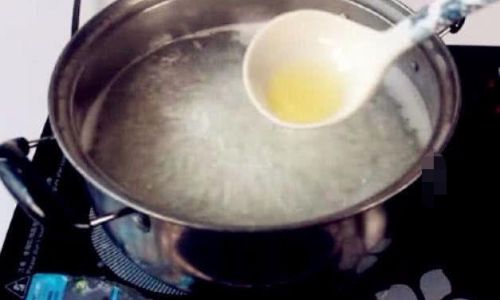
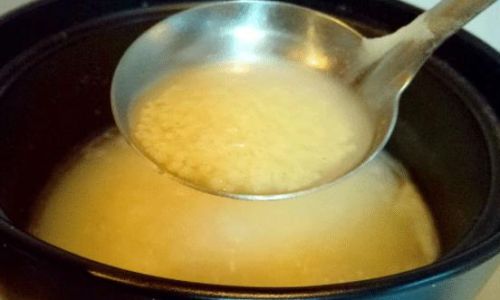
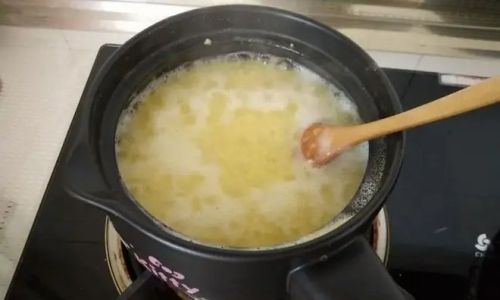

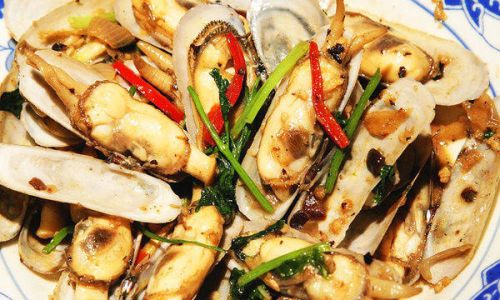
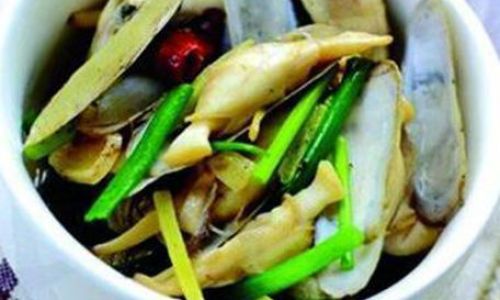
0 comments